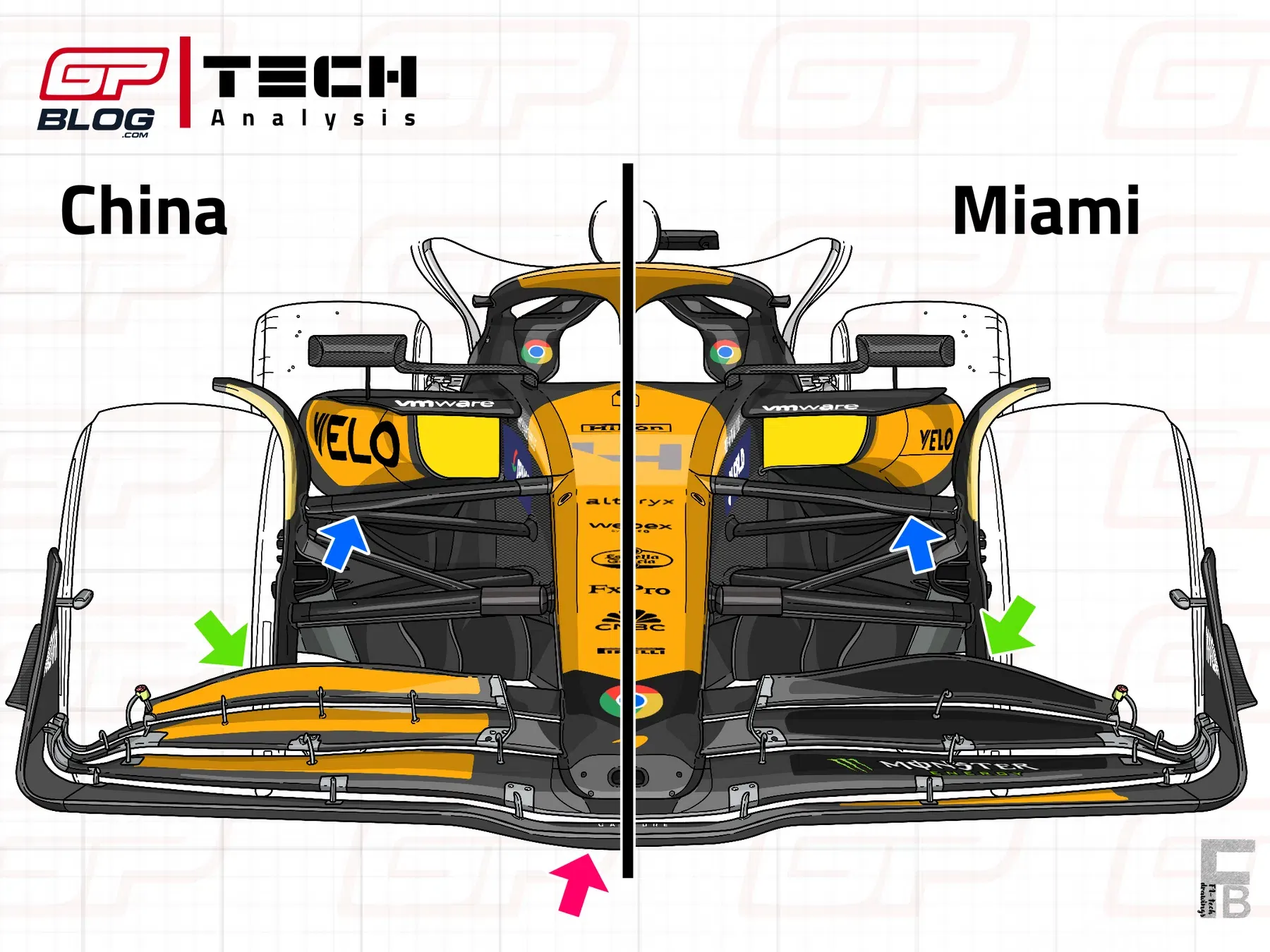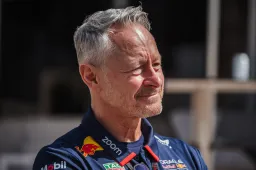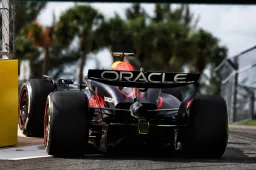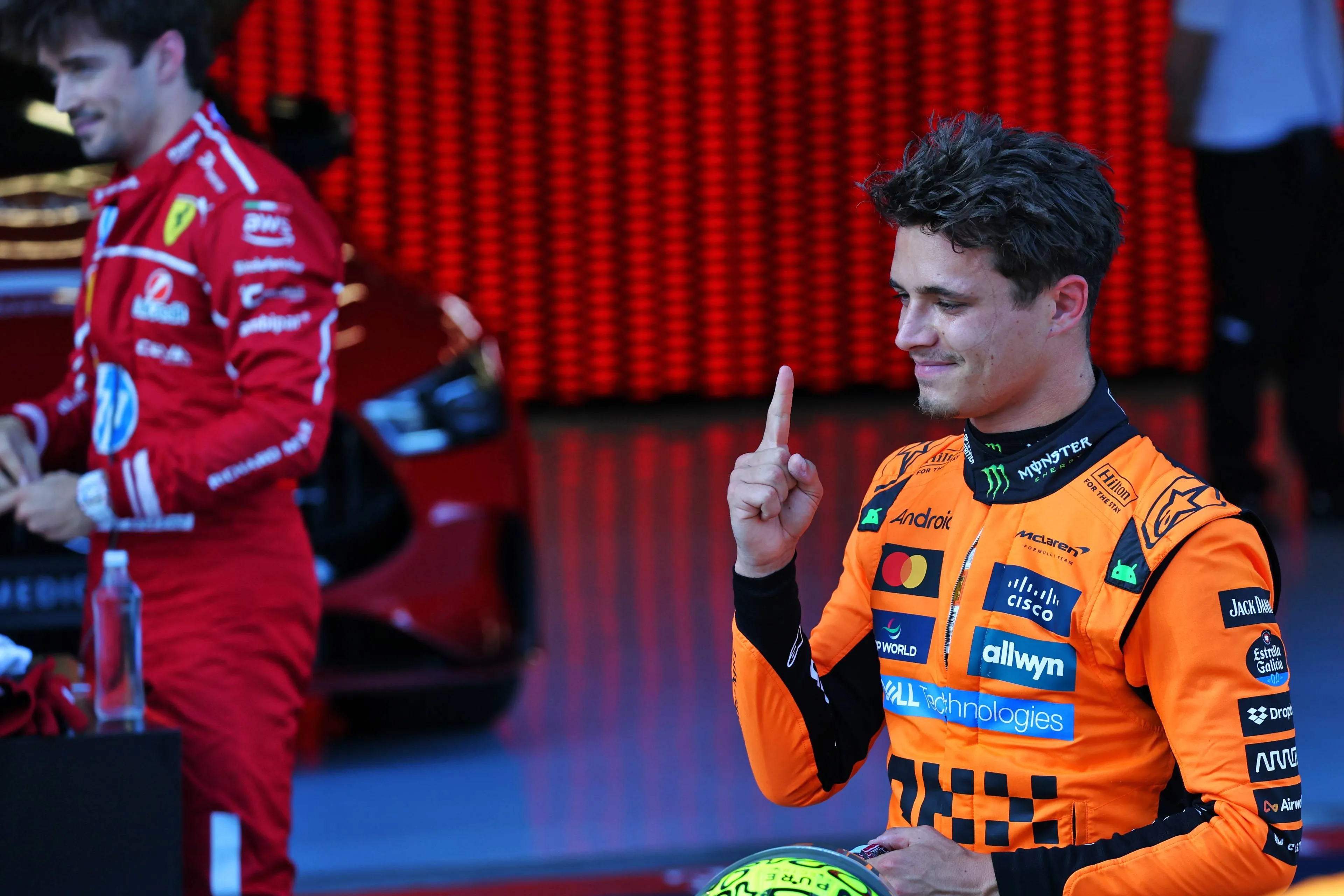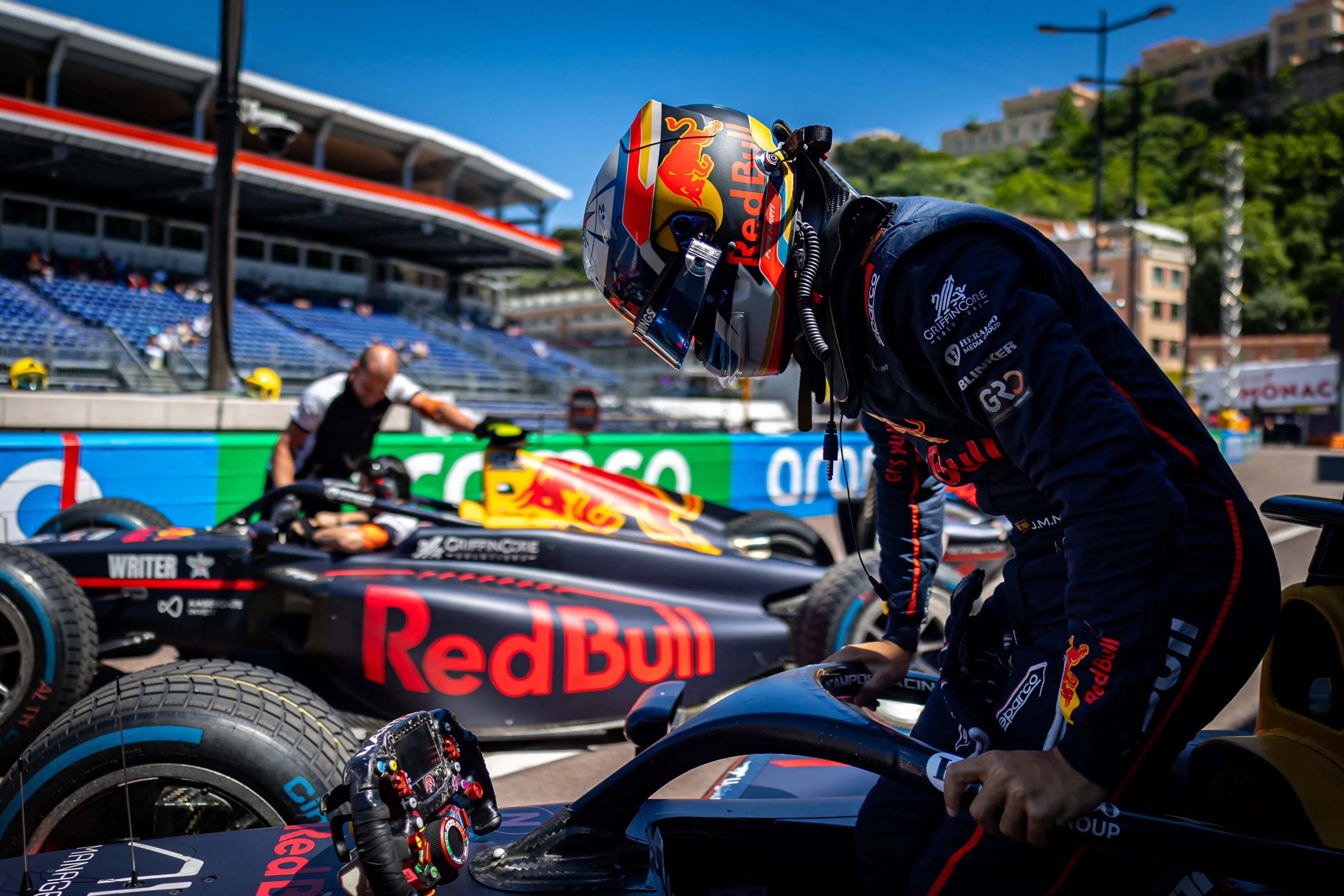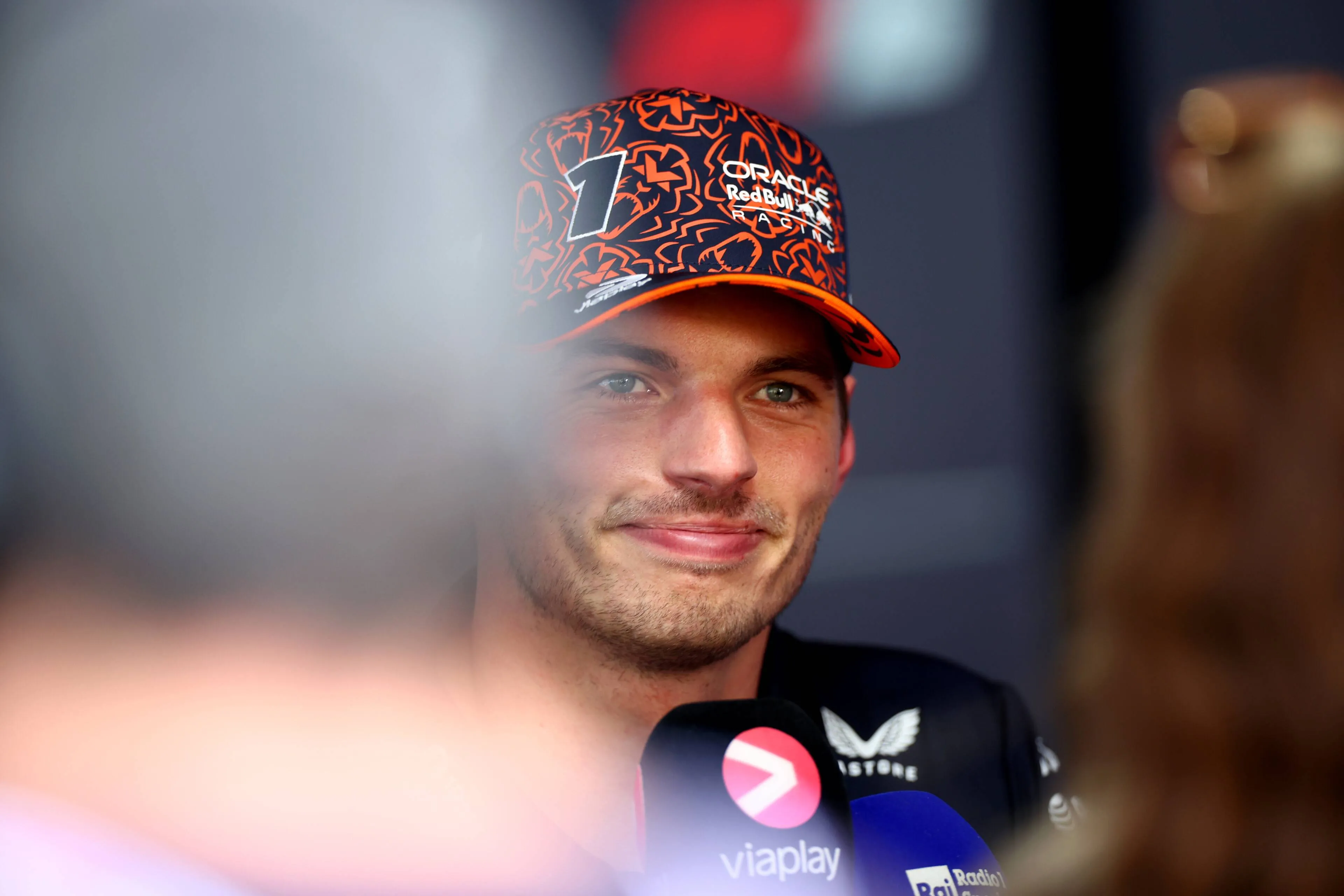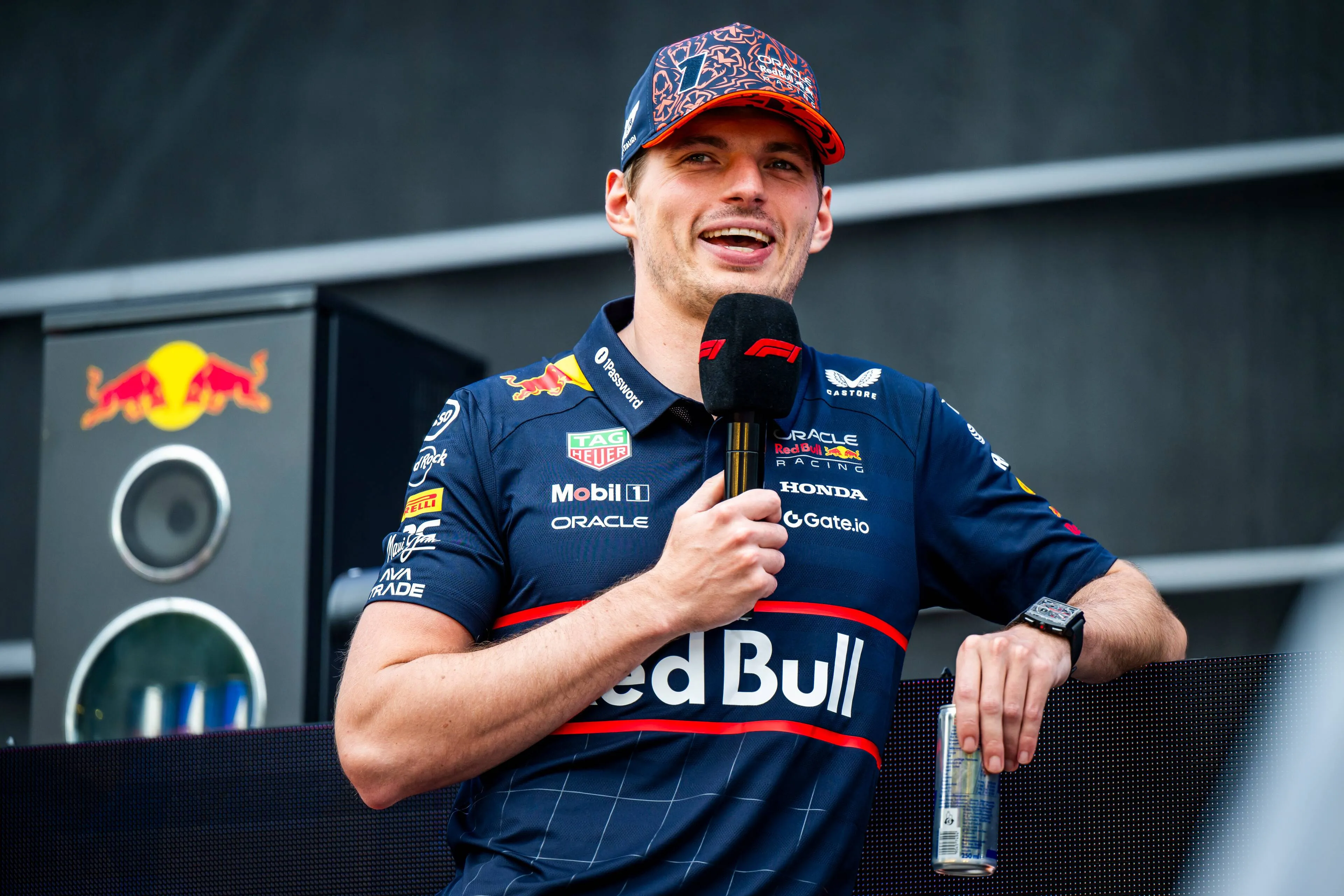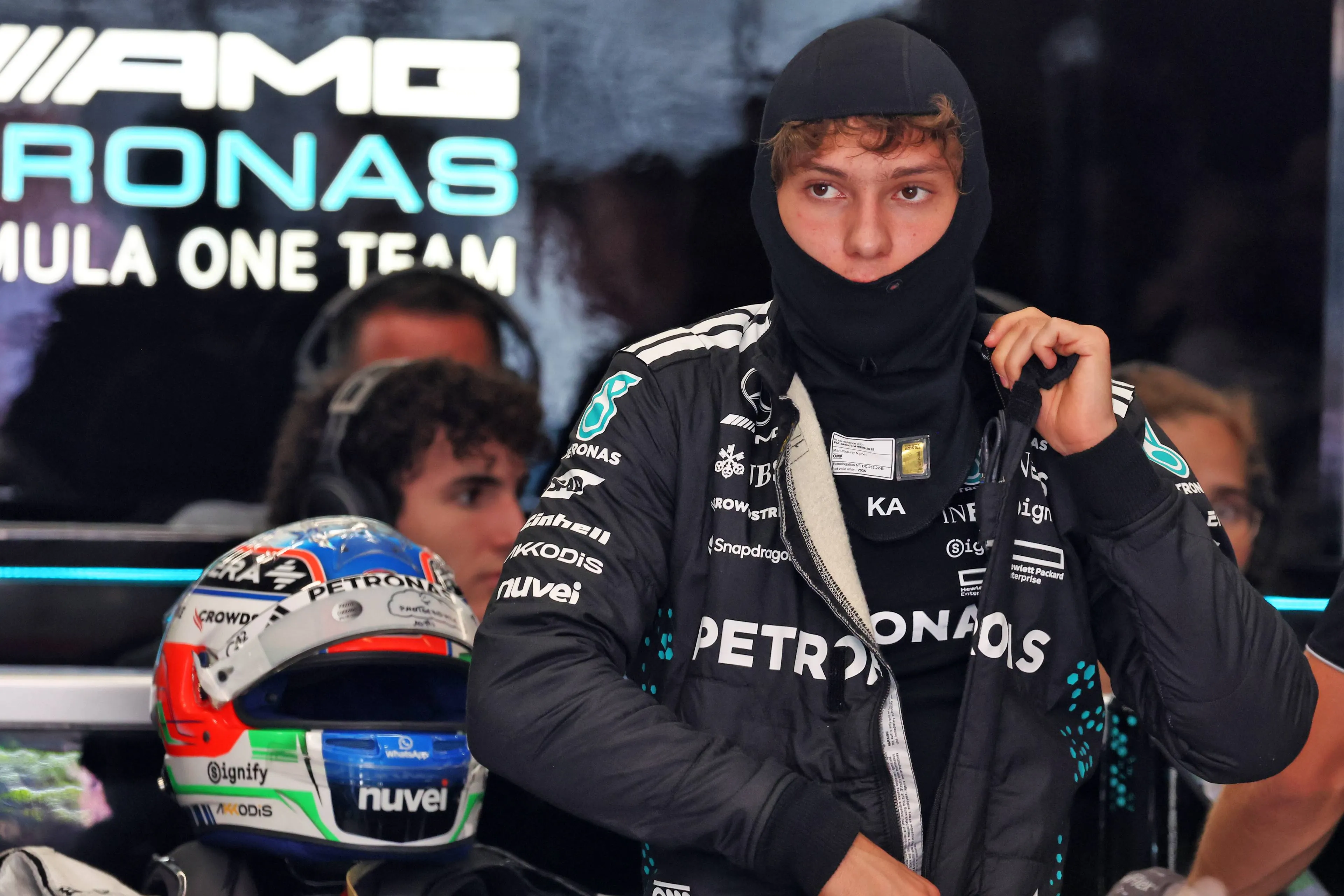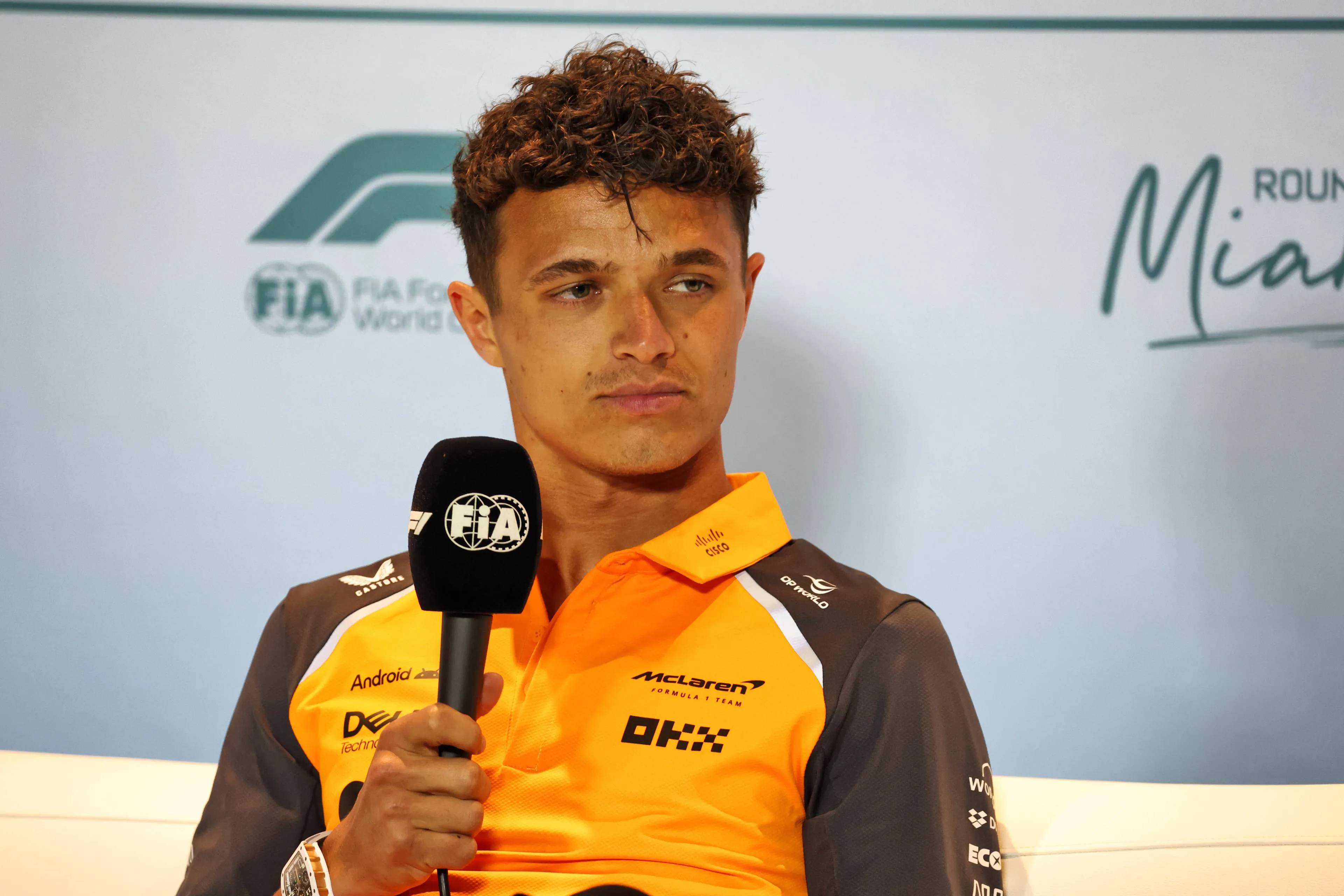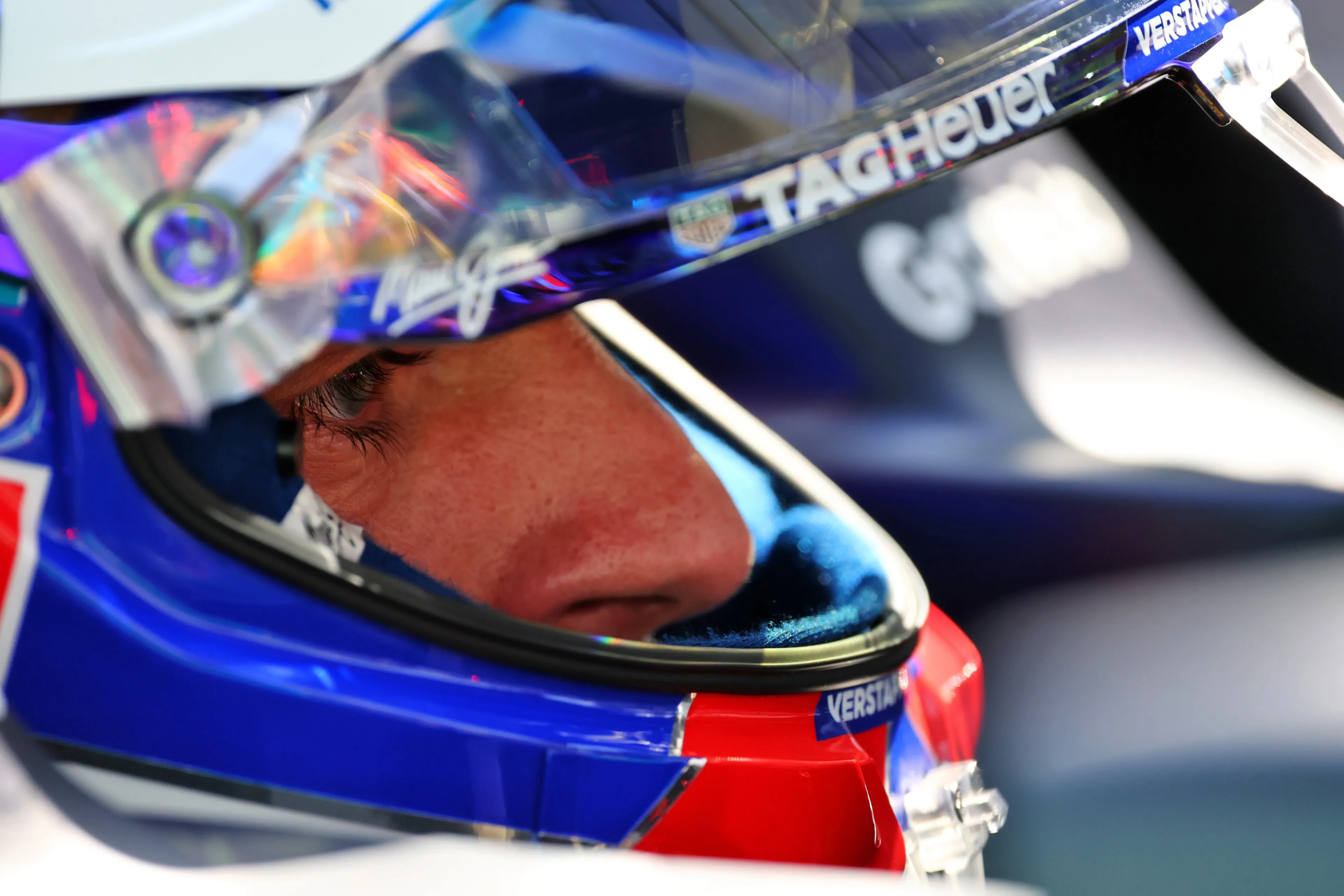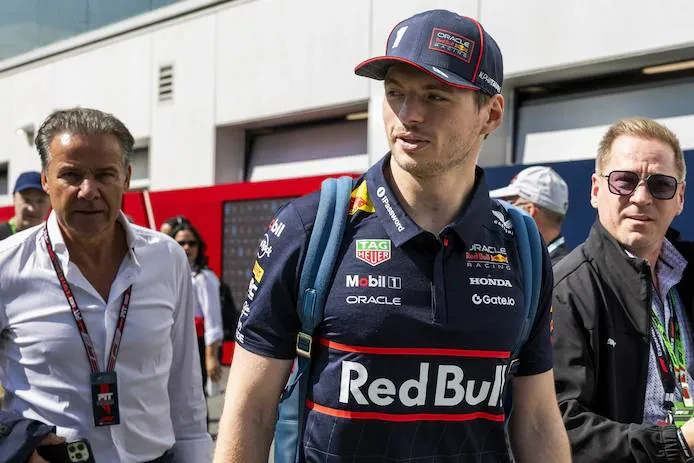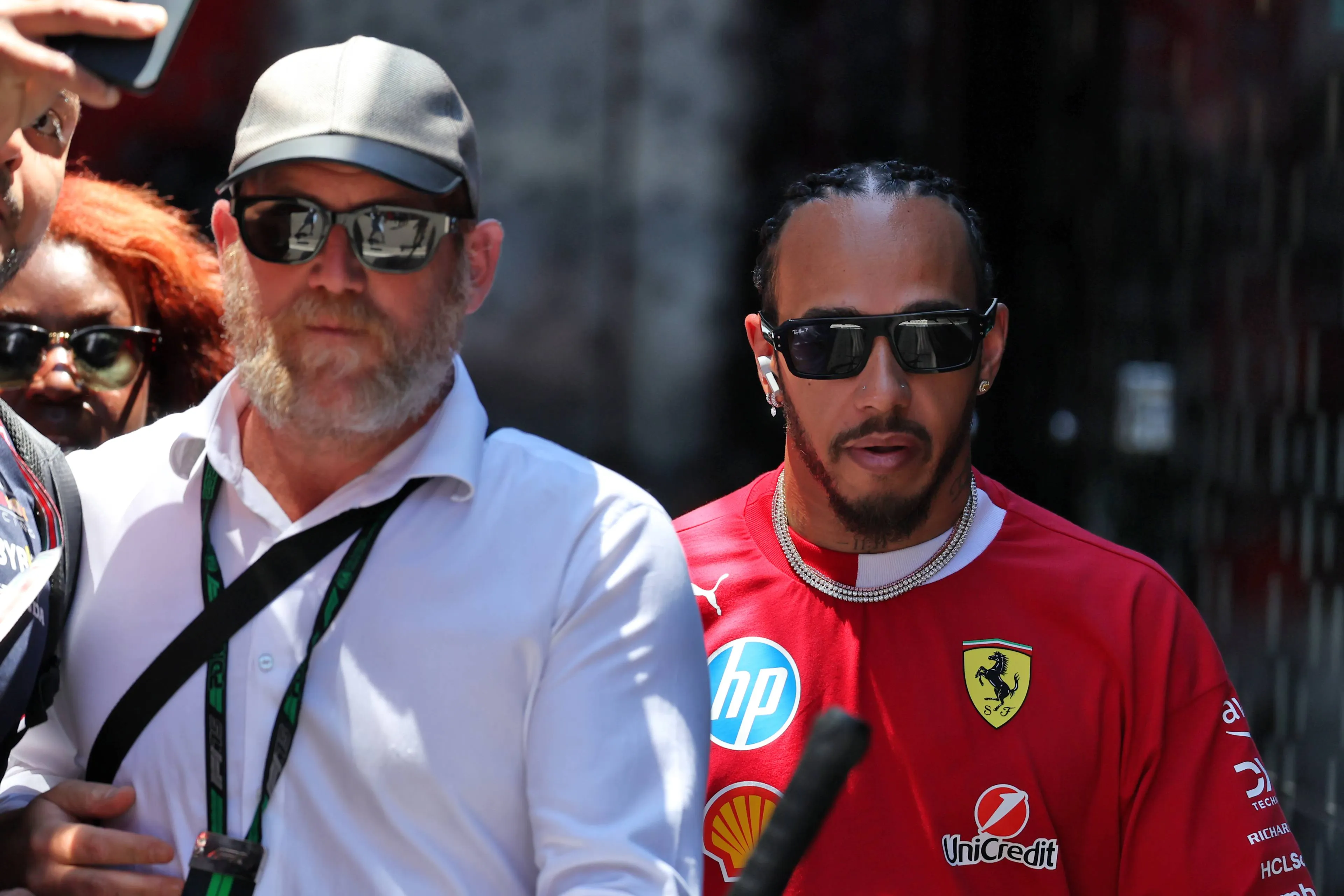Tech Analysis | Why McLaren's progress in 12 months should scare Red Bull
19:00, 07 May 2024
3 Comments
After the first five races of the year with only one non-Red Bull victory, the Miami Grand Prix offered a spectacular event, allowing Lando Norris to get his first victory in Formula 1. Beyond Norris’ extraordinary talent and ability, the upgrades played a crucial role last weekend too: the MCL38 “B” was very quick in all sectors and on the hardest tyres, proof of the incredible step forward the team have made in the last twelve months. Could this progress threaten Red Bull’s Max Verstappen superiority as the season goes on?
The new MCL38 "B" worked beautifully
Despite the Sprint format, which only includes only an hour-long free practice session before qualifying, McLaren were strongly determined to test their first huge upgrade package on track as soon as possible, conscious of the big gain in performance they could have. For this reason, they introduced the MCL38 “B” in Miami, which showed off a lot of new and innovative solutions. As team principal Andrea Stella already predicted in Shanghai, the new updates aimed at increasing the aerodynamic efficiency and the behavior of the car in the slow speed, two of the MCL38 weaknesses since the beginning of the season.
The main changes concerned all the crucial areas of a car: floor, bodywork, cooling inlet, front wing and front suspension covers.
Starting from the front wing, as shown in the drawing below, the new version has many differences compared to the previous version. First of all, the mainplane in the central part has now a greater height from the ground and has a flatter shape compared to the "spoon" version used previously (pink arrow). This new design aims to increase the flow rate of "clean" air (laminar flow) to the Venturi channels underneath the car, growing the downforce produced. Furthermore, the new front wing is also characterized by a different design of the last flap: it now has a greater chord in its central portion (purple arrow) in order to increase the flow of air towards the cooling inlet and the bodywork of the car , as well as the local load generated by the front wing itself. This new design involves that the rightmost portion of the flap (near the metal support used to adjust the incidence of the front wing) increases the outwash effect, i.e. pushes the airflow outward from the front wheel, reducing drag. A final slight change consists of the metal supports between the third and fourth flap: the previous version had 3, while the new version only had 1 in a central position, reflecting greater resistance of the materials used.
Still observing the front view, it’s possible to see that the cover of the front arm of the upper triangle has also been changed in its terminal portion, at the attachment to the hub carrier (blue arrow). The arm has a more pronounced protrusion in its terminal part, to direct the flow of air outwards, which then pushes the front tyres wake away from the bottom, thus preventing harmful turbulence from interfering with the Venturi channels.
Finally, the frontal view also shows the new cooling inlet, highlighted in yellow: as already done by Red Bull this year, the goal of each team is to reduce the front section intended for cooling and position cooling inlets in strategic positions, both to ensure that they are in high pressure areas, and they increase the undercut under the sidepods. In this case, the technical team decided to shallow and narrow the cooling inlets, allocating pressurized and laminar air to cooling, while increasing the undercut and without changing the flow rate of air destined to cool the Power Unit.

Moving now to the side view, it is also possible to appreciate the numerous changes regarding the entire sidepod, floor and cooling inlet area. Starting from the front portion, the tray positioned above the cooling inlets has been modified: it has been enlarged in width and above all in length, as it is now connected to the chassis in a much more advanced position, reproducing a very similar version of the "shark inlet" present on the RB20. This new design, also characterised by a more pointed shape in its terminal part, not only has the goal of maximizing the undercut (and therefore the flow of air destined towards the beam wing and the diffuser), but also to produce a small vortex that conveys the flow, that laps the external wall of the sidepod, towards the upper part of the bottom. This prevents the formation of aerodynamic stagnation zones, which can cause detachment of the fluid vein from the wall, with a consequent local loss of load.
Furthermore, the shape of the sidepod itself has also been completely revised: in the lower portion, the sidepod has been further hollowed out to maximise the undercut, while at the top it has been redesigned to maximise the Coanda effect of the internal "waterslide". This new part allows, once again, to increase the flow of air directed towards the rear, increasing the load generated by the rear end of the car. It is no coincidence that the team has adopted solutions of this kind, given the suffering of the MCL38 on the rear limited tracks and in the traction zones since the start of the season. Moreover, the attention paid to reducing the exposed bodywork as much as possible underlines the team's need to drastically reduce the drag produced, in order to have much higher top speeds.
Finally, a further change also involves the floor edge area, which, as highlighted by the two red arrows in the drawing below, has now two small vortex generators positioned next to the two pointed profiles below the inclined lip. These two small elements, together with all the others positioned under the knife of the floor edge, aim at generating a vortex (and especially at maintaining it for the entire length of the pavement) to seal off the floor, preventing the turbulence of the front wheels from interfering with the flow underneath the car and increasing the "efficient load" (i.e. low drag downforce) produced by the Venturi channels.

All these changes were installed only on Norris’ car, while Piastri had half of the package. The team expected that this package could be worth around a tenth and a half, but from what we’ve seen on track in Miami it could be worth at least twice as much.
The new parts drastically improved the MCL38 behavior in all conditions: the car was still able to produce a lot of downforce from the bodywork and the Venturi channels, being very competitive in the first sector of the track. The re-profiled bodywork and floor, together with a much less loaded rear wing, ensured very high top speeds, only a couple of km/h lower than Red Bull during qualifying (according to F1TV data). This very low downforce rear wing, however, didn't compromise the balance of the car in the low speed: the MCL38 proved to have an optimal mechanical grip in the slow speed section in Sector 2, with a fairly soft system capable of allowing the car to absorb the kerbs without getting upset and to gain in traction, as Norris was able to be very quick despite the less aerodynamic grip. These factors combined produced a rocket-ship especially on race pace: despite the Miami International Autodrome wasn’t expected to perfectly suit the Woking-based team's car, the updates made the MCL38 much more kind and gentle on the rear tyres (especially during the race), completely deleting overheating and traction struggles on what can be considered as the worst circuit on the calendar from this point of view.
Great expectations for the future
The excellent impressions from the “B” version of the car were underlined in the post race interviews both by Norris’s race engineer Will Joseph and McLaren’s CEO Zak Brown. During his interview to F1TV, the first one said that: “I'm beginning to lose words but it comes down to hard work and everyone has done the hard work, under Andrea's leadership the whole team's coming together and we're in a good place. [...] But we have faith in the process we work and discuss that a lot. It just builds and comes together. The package should favor other circuits more than it does here in Miami, so we shall see.”
The second one confirmed the great job done at the factory in the last year (since Andrea Stella’s lead of the F1 team) by the whole team during his chat to SkySports: “Every upgrade has done exactly what the machines said it would do. The data's been great. We're really in a roll. The greater the sooner, the better.”
These words really underline the great step forward McLaren have made since the first upgrade was brought to the MCL60 last season in Baku. The team have been able to make every little bit work as expected, proof of the great whole design, simulation processes and coordination among different teams back at the factory in Woking. The question is now: what’s next? Will McLaren really be able to catch up on Red Bull in the next twelve months as Andrea Stella predicted? The team have proved to be able to understand, develop and extract the maximum from their car in almost all conditions, making step after step to come back closer to the top in the last season.
A lot will clearly depend on Red Bull’s still unveiled potential in the RB20 and their ability to develop the car and extract its maximum in the next twelve months but, with also Ferrari bringing updates next time out in Imola, this season could offer more fights than what we could have thought during the first race in Bahrain two months ago.
Read more about:
Rumors
Popular on GPBlog
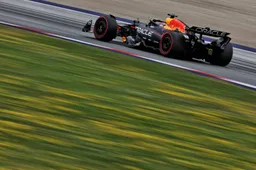
1
F1 LIVE | Alonso warns Verstappen fans 'wait for tomorrow', Horner reveals reason Verstappen didn't improve
1026 times read
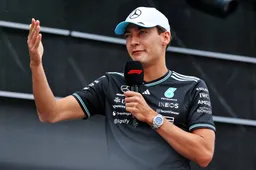
2
Stewards issue OFFICIAL verdict on Russell's investigation over pit lane incident
789 times read
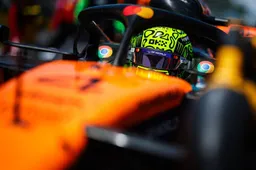
3
F1 Full Results Qualifying | Stunning Norris grabs pole in Austria as Verstappen suffers poor result
776 times read

4
Norris' 1 second gap to Verstappen surprising? Alonso: 'Wait for tomorrow'
773 times read
